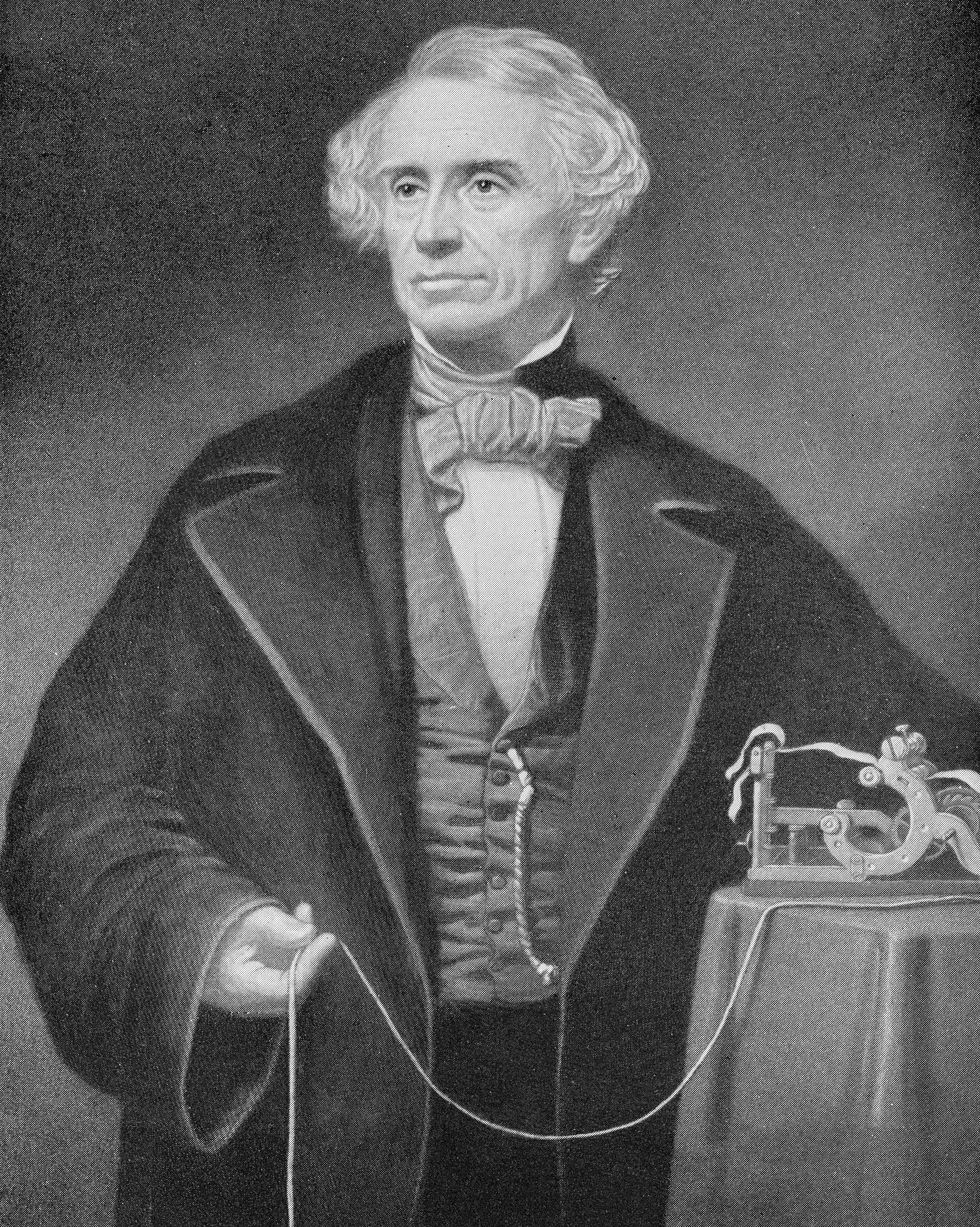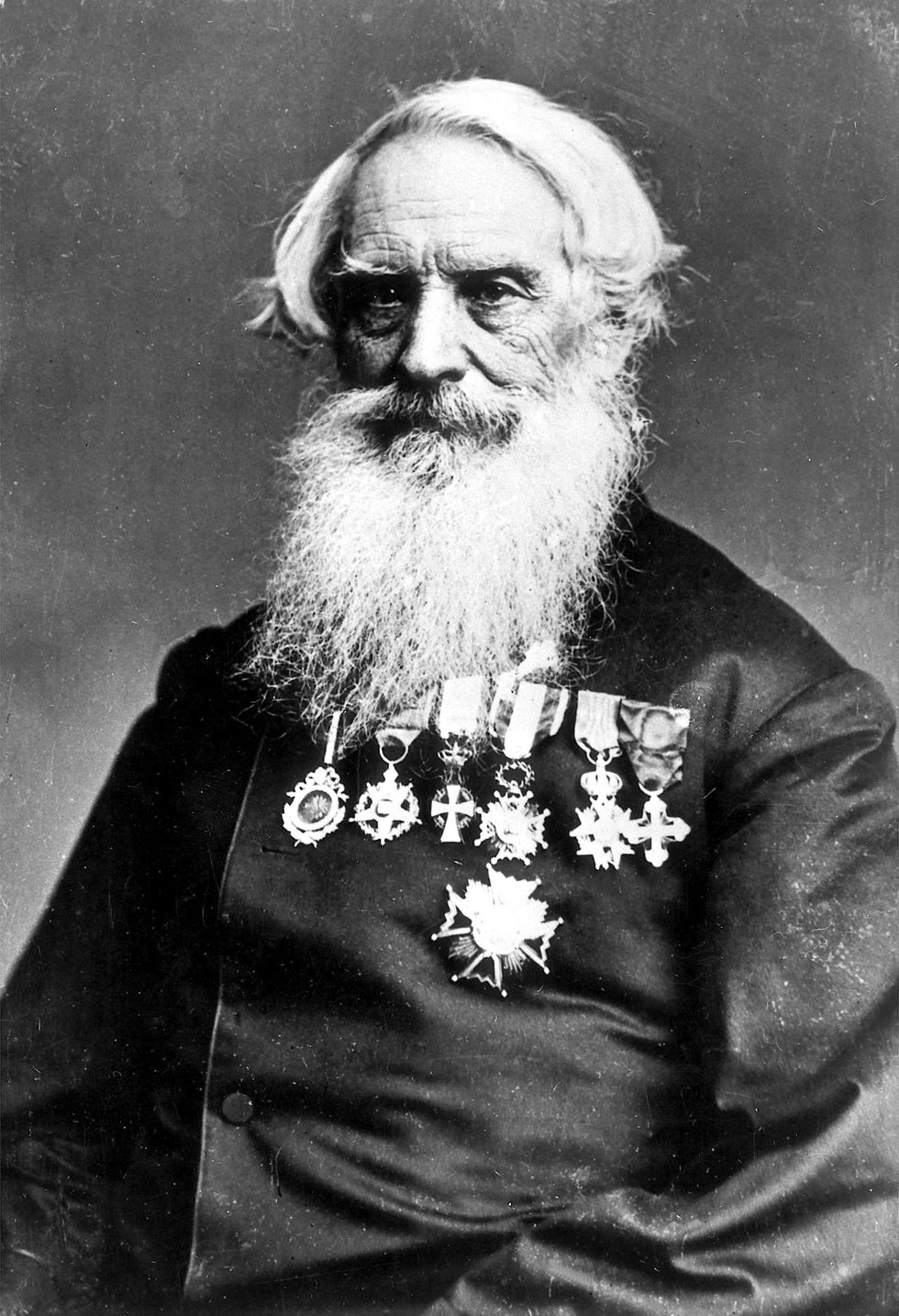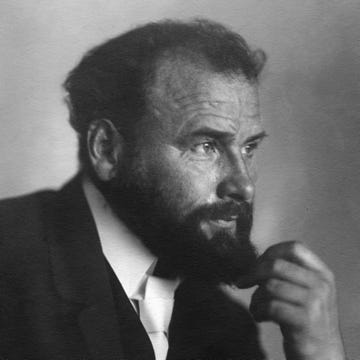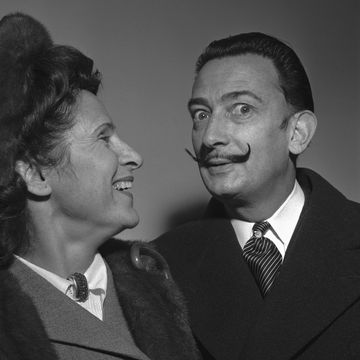1791-1872
Quick Facts
FULL NAME: Samuel Finley Breese Morse
BORN: April 27, 1791
DIED: April 2, 1872
BIRTHPLACE: Charlestown, Massachusetts
SPOUSE: Lucretia Walker (1818-1825) and Sarah Griswold (1848-1872) CHILDREN: Susan, Charles, James, Samuel, Cornelia, William, and Edward
ASTROLOGICAL SIGN: Taurus
Early Years
Samuel F. B. Morse was the first child of clergyman Jedidiah Morse and Elisabeth Finley Morse. His parents were committed to his education and instilling in him the Calvinist faith. After a mediocre showing at Phillips Academy, save for a strong interest in art, his parents sent him to Yale College. Samuel’s record at Yale wasn’t much better, though he found interest in lectures on electricity and focused intensely on his art.
Education
After graduating from Yale in 1810, Morse wished to pursue a career as a painter, but his father desired a more substantial profession and arranged for him to apprentice at a bookstore/publisher in Boston, Massachusetts. However, Morse's continued interest in painting led his father to reverse his decision and allow Morse to study art in England. There he worked with several British masters and the respected American artist Benjamin West at the Royal Academy. Morse adopted a “romantic” painting style of large, sweeping canvases portraying heroic biographies and epic events in grand poses and brilliant colors.
Career as an Artist
Morse returned to America in 1815, and set up a studio in Boston. In 1818, he married Lucretia Walker, and during their brief union, they had three children. Morse soon discovered that his large paintings attracted significant attention but not many sales. Portraits, not vast depictions of history, were most popular at this time, and he was forced to become an itinerant artist, traveling from New England to the Carolinas to find commissions. As difficult as it was, Morse painted some of his most notable work during this period, among them portraits of the Marquis de Lafayette and George Washington. His work combined technical proficiency with a touch of Romanticism, resulting in notably dramatic portrayals of his subjects.
Grief Transforms into Opportunity
In the decade between 1825 and 1835, grief transformed into an opportunity for Morse. In February 1825, after giving birth to their third child, Lucretia died. Morse was away from home working on a painting commission when he heard his wife was gravely ill, and by the time he arrived home, she had already been buried. The next year Morse’s father died, and his mother passed three years later. Deep in grief, in 1829 Morse traveled to Europe to recover. On his voyage home, in 1832, he met the inventor Charles Thomas Jackson, and the two got into a discussion about how an electronic impulse could be carried along a wire for long distances. Morse immediately became intrigued and made some sketches of a mechanical device that he believed would accomplish the task.
Inventing the Telegraph
After studying the work of American physicist Joseph Henry, Morse developed a prototype of the telegraph. In 1836, others in Europe were also working on the invention, and it is possible Morse knew about these, but no one had yet developed a fully operational device that could transmit over long distances. In 1838, Morse formed a partnership with fellow inventor Alfred Vail, who contributed funds and helped develop the system of dots and dashes for sending signals that would eventually become known as Morse code.
For years, the pair struggled to find investors, until 1842, when Morse gained the attention of Maine Congressman Francis Ormand Jonathan Smith. In December of that same year, Morse strung wires between two committee rooms in the Capitol and sent messages back and forth. With Smith’s support, the demonstration won Morse a $30,000 Congressional appropriation to construct an experimental 38-mile telegraph line between Washington, D.C., and Baltimore, Maryland. On May 24, 1844, Morse tapped out his now-famous first message, "What hath God wrought!"
Almost as soon as Morse received his patent for the telegraph in 1847, he was hit with litigious claims from partners and rival inventors. The legal battles culminated in the U.S. Supreme Court decision O’Reilly v. Morse (1854), which stated Morse had been the first to develop a workable telegraph. In spite of the court’s clear ruling, Morse received no official recognition from the U.S. government.
Later Years
In 1848, Morse had married Sarah Griswold, with whom he had four children, and after he was recognized as the “inventor of the telegraph,” he settled down to a life of wealth, philanthropy and family. Morse grew a long beard that turned white, giving him the appearance of a wise sage. In his final years, he helped found and gave generous financial gifts to Vassar College and contributed to his alma mater, Yale College, as well as religious organizations and temperance societies. He also patronized several struggling artists whose work he admired.
Morse died of pneumonia on April 2, 1872, at his home in New York City at age 80.
INTERESTING FACTS: Samuel F. B. Morse was a strict Calvinist (Protestant) who once advocated more "family friendly" entertainment in New York theaters.
Quotes
- What hath God wrought?
- My price is five dollars for a miniature on ivory, and I have engaged three or four at that price. My price for profiles is one dollar, and everybody is willing to engage me at that price.
- If the presence of electricity can be made visible in any part of the circuit, I see no reason why intelligence may not be transmitted instantaneously by electricity.
Fact Check: We strive for accuracy and fairness.If you see something that doesn't look right, contact us!..














